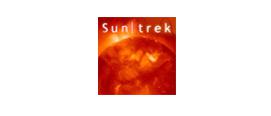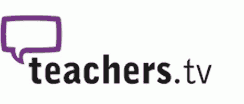Sun, stars and galaxies
This is always an area of the curriculum which captures students interest! With so much happening in space exploration at the moment, and a vibrant UK Space Industry crying out for skilled employees, this is a great time to start students thinking about the wide range of careers in this sector and ignite their imagination. A great place to start is the ESERO website for news, teacher support and information about space ambassadors!
Students should learn about:
• our sun as a star, other stars in our galaxy, other galaxies
• the light year as a unit of astronomical distance
Visit the secondary science webpage to access all lists: https://www.stem.org.uk/secondary-science
Whilst this list provides a source of information and ideas for experimental work, it is important to note that recommendations can date very quickly. Do NOT follow suggestions which conflict with current advice from CLEAPSS, SSERC or recent safety guides. eLibrary users are responsible for ensuring that any activity, including practical work, which they carry out is consistent with current regulations related to Health and Safety and that they carry an appropriate risk assessment. Further information is provided in our Health and Safety guidance.
- ALL
- Teacher guidance
- Video
- Image
- External link
Teacher guidance
How Big and How Far?
This is a good activity to demonstrate the sheer size and scale of the universe. Even if not used as described here, the data will be useful to teachers when designing their own activities.
Galaxies *suitable for home teaching*
In this resource students investigate galaxies. They use data from real research in group work and model-making. To summarize their findings, classes are encouraged to present their work, for example, through a short film. The activities have been devised so that they can be used independently in the classroom by science teachers, or with an introductory session from the Royal Observatory Edinburgh either at a school or at the observatory.
Exoplanets
This is a delightful activity. Using real data, students build scale models of alien solar systems, calculate their goldilocks zones and consider the possibilities for life. It is a good idea to watch the film first as it will provide a good overview of the whole activity and then stand back and watch as your students get creative with plasticine. The activities have been devised so that they can be used independently in the classroom by science teachers, or with an introductory session from the Royal Observatory Edinburgh either at a school or at the observatory.
Video
Models of the Solar System, Earth, Sun and Moon
Produced by Teachers TV, as part of the Teaching Astronomy and Space series, this video looks at the science behind our solar system and how astronomers are exploring it. It explores how our understanding of the solar system has developed from early models that placed the Earth as the centre of the solar system. Practical demonstrations provide teachers with useful ideas for lessons.
Formation of the Solar System
This resource discusses a range of topics about how the Sun, planets, asteroids and/or moons have been formed over millions of years. It begins with an animated video exploring some of the the different theories for how the different components of the solar system may have formed. This can then be followed up with two paper based activities to reinforce the information in the video.
Image
Stars, Nebulae, Galaxies
NASA has been responsible for some fantastic images of space, especially from the Hubble Space Telescope. These are a few of the images of stars, nebulae and galaxies.
External link
Maggie Aderin - Space scientist
This website highlights careers ideas and looks at at a Space Scientist and Science Communicator. Information on average salary, hours worked and other details of the job are provided.





